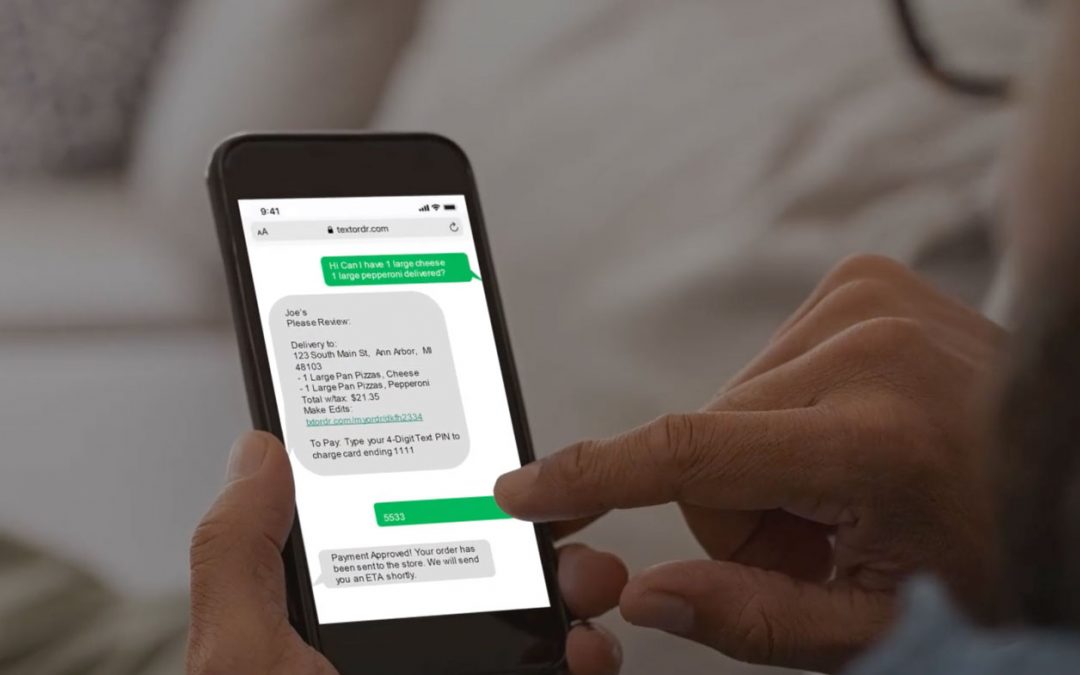When HungerRush acquired OrderAI last December, it was a novel way to execute all the no-contact orders out there, but now HungerRush CEO Perry Turbes wants to go a few steps further.
“This is a little futuristic, but it’s the way I talk about it internally: We envision a world where a restaurant can turn off their phone system. Text ordering is a way to enable that,” said Turbes.

HungerRush CEO Perry Turbes.
HungerRush is a restaurant management system serving a multitude of tools to about 20,000 restaurants. Turbes said partners tap into all manner of tools like digital ordering, loyalty, DIY delivery management and traditional point of sale operations. The whole suite of tools is aimed at making a more efficient restaurant, but he said AI is exceptionally exciting because it can squeeze more sales out of peak times when everyone is ordering.
“We’ll see in our order patterns. Restaurants, during their busiest times, their orders plateau. That means they are at capacity, but a lot of times it’s phone answering capacity,” said Turbes. “If you think about it, ‘Can we turn those off?'”
That day isn’t here yet, but he said the proof is in the orders. He sees a lot of people gravitating toward text ordering, especially where restaurants promote it well. It’s a simple channel for customers, and because it uses artificial intelligence in the form of “natural language processing” it’s not as clunky as a off-the-shelf chatbot that might stumble on a phrase like “peppmush,” i.e. pepperoni and mushroom pizza, “the AI is smart enough to translate it and gets it into the POS and KDS in the proper format,” said Turbes.
AI also learns how people order and engages with them in those key dinner-decision windows.
“If you order at 5 p.m. on a Friday, it can say, ‘Hey it looks like Nick orders at 5 p.m. on Fridays, so let’s shoot him an order.’ We send you a text and say do you want to make this order, all you have to say is, ‘Yes,’ or you can even say, ‘Yes,’ but make a few changes,” said Turbes, who had seamless as an ideal. “The vision we started with was you ought to be able to order something on the way to the restaurant and have it ready for when you get there.”
There are other perks via AI texting too: customers stay in the restaurant’s digital infrastructure, potentially slimming the number of third-party orders in favor of direct text orders. Turbes said that leads to better marketing integration and grows customer lifetime value.
He said of all the digital tools in this restaurant sea change of technology, he’s “just massively focused on that AI platform.” A voice-to-text version is coming soon and it’s currently in beta and learning how people talk is vastly different from how they text, but a larger test is coming soon. But until then, he said bringing AI to text ordering has a lot of real-world potential to get people off their phones so they can spend more time making food or talking to customers face-to-face.


